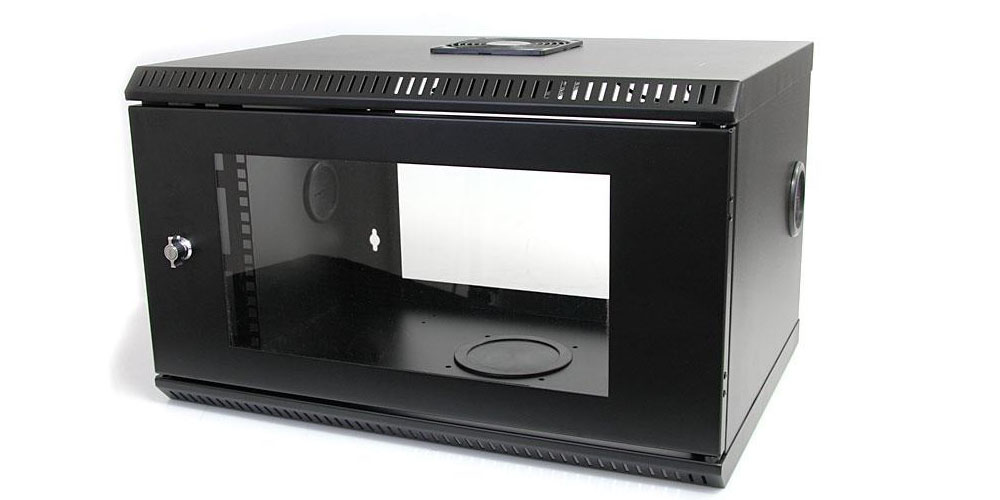Wall-mounted network cabinet manufacturers are currently making a lot of money. This is because data centers are dependent on their products. Data centers and other networking facilities use network rack cabinets for storing various equipment. This post will concentrate on tips to help you buy network rack cabinets.
Choosing the best network rack cabinet
The market is packed with a wide range of network rack cabinets types and brands. This means that you must take some time to choose the best product. Below is a list of factors to consider when selecting the best network rack cabinet:
1. Height
The height is among the most vital factors to consider when choosing the best network rack. This is because the height determines the number of spaces available for your networking equipment. This is the reason why more often than not, network rack height is expressed in the number of rack units available.
For instance, a network rack’s height is usually expressed in U (rack units). Therefore, a network rack measuring 6U is made up of six rack units. When looking into the height of network racks, it is worth noting that different types of network racks feature varying heights.
For instance, wall-mounted network racks measure between six to fifteen units, and free-standing network racks measure between forty-two to sixty units. Choosing the best height would help; thus, consider your storage needs and the type of equipment you want to be housed in the rack cabinet.
2. Width
Next to the height, the width of the network racks is also a vital factor to consider. Note that the width of the mounting rails and rack equipment is usually standardized. Therefore, the width of the network racks also adheres to the EIA standards. Thus, the standard width of the rack enclosures is usually around twenty-four inches. This measurement usually corresponds to the industry standards for the networking equipment. However, some manufacturers may add a few inches to the width to allow easy movement and accommodation of the networking equipment. It also helps to enhance airflow within the network rack.
3. Depth
The depth is also an element worth considering. This is because you must ensure that your equipment will fit into space. The depth must be adequate to accommodate the equipment as well as the cables and the accessories. The best network rack cabinets allow you to adjust the depth by moving around the mounting rails.
Note that the standard depth of a network rack is about forty-two inches. However, you may require more depth to accommodate cabling, PDUs, cable managers, and other network rack accessories. The depth also affects the airflow and serviceability of the products inside the network rack cabinet. All these are essential elements to consider when choosing the correct network rack cabinet depth.
Conclusion
Apart from the three elements listed below, you may also want to consider the load rating, also known as the rack’s weight capacity. Note that the suitable weight capacity will be determined by the weight of your networking equipment and your floor’s ability to handle the weight. Considering these elements will help you choose the best network rack for your data center.
